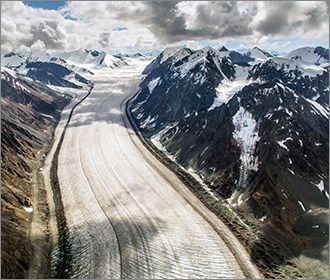
In some parks, the melting of glaciers and thawing of permafrost are visible. Along the coast, many parks grapple with sea level rise. And in many Western parks, tree mortality and wildfire activity are on the rise. Science helps document the many ways climate change manifests across the National Park System.
Every year brings new publications that improve our understanding of parks in a warming world. But science does more than just document change. It can also provide important insights on potential solutions for the future.
Dig deeper:
-
 Park-specific Climate Science
Park-specific Climate ScienceView articles, studies, and briefs organized by park about climate impacts to across the National Park System.
-
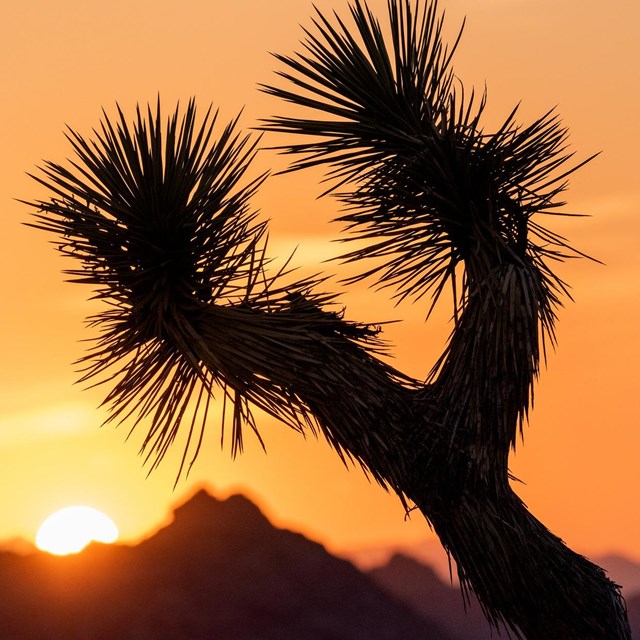 Recent Climate Trends
Recent Climate TrendsExplore how parks are warming disproportionately to the rest of the country, including 289 park-specific briefs on recent trends
-
 Projected Effects on Birds
Projected Effects on BirdsClimate change will affect the composition of bird species in national parks. View 274 park-specific briefs to learn more
-
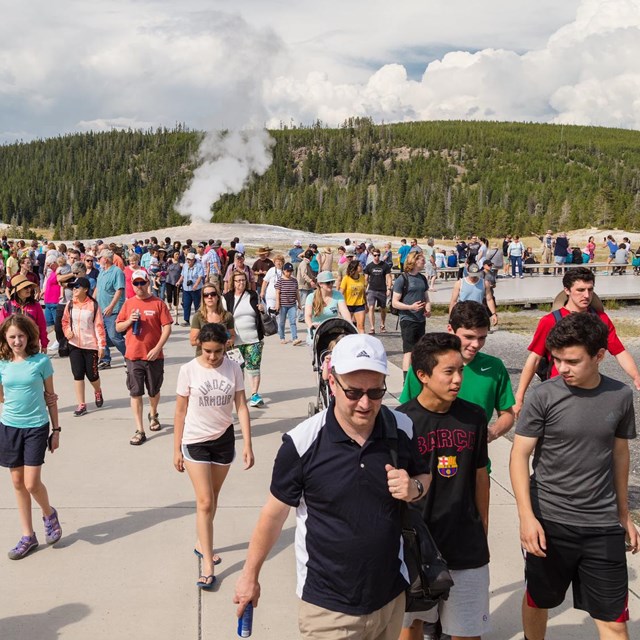 Visitation and Climate Change
Visitation and Climate ChangeHow might warming temperatures alter park visitation? 340 park-specific briefs are available
-
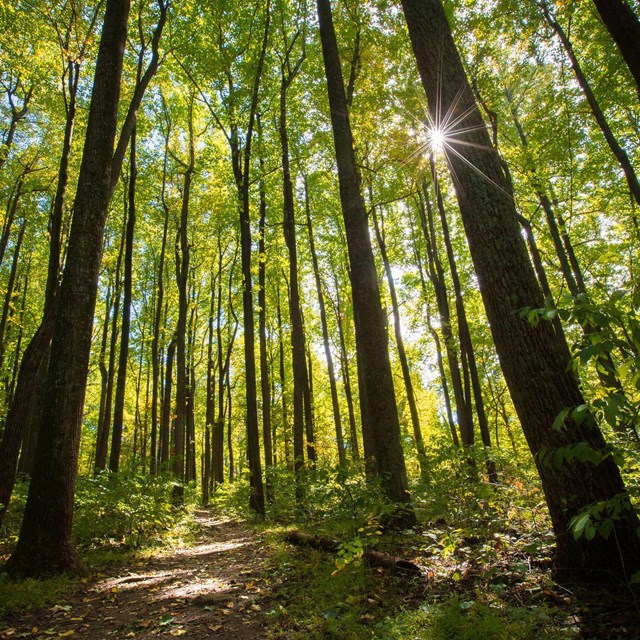 Eastern Forest Vulnerability
Eastern Forest VulnerabilityClimate change is projected to substantially impact eastern forests. 121 park-specific briefs are available to download
-
 Advancing Spring Onset
Advancing Spring OnsetSpring is arriving earlier in our national parks
-
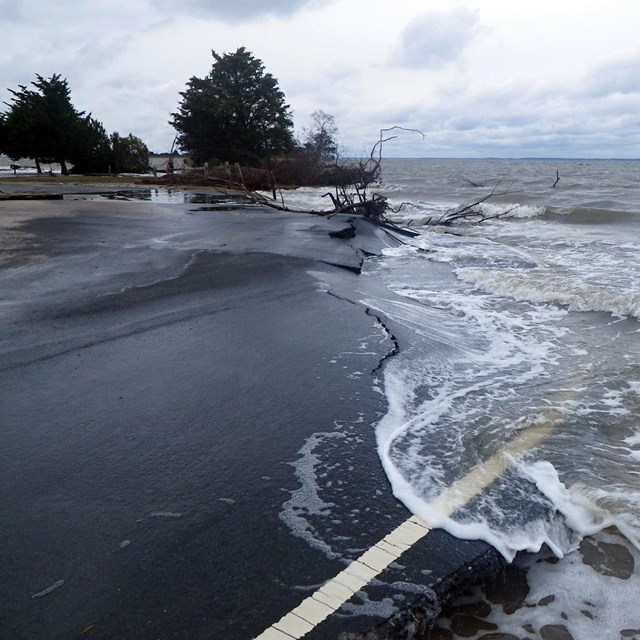 Sea Level Change
Sea Level ChangeExplore how changing sea levels will impact the cultural and natural resources of coastal national parks
-
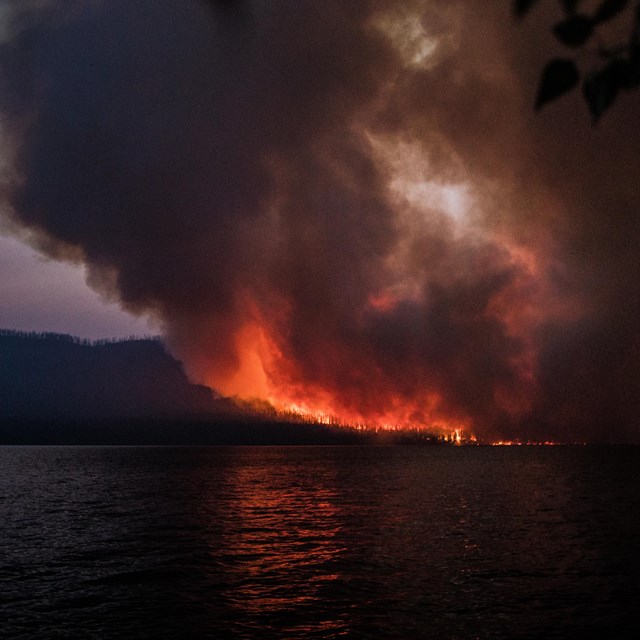 Wildland Fire
Wildland FireClimate change has increased the length of fire seasons and doubled the land area burned by wildfire
More Climate Change Effects
Below you'll find a listing of articles on climate change effects sourced from national park websites from around the country.Last updated: January 8, 2025
